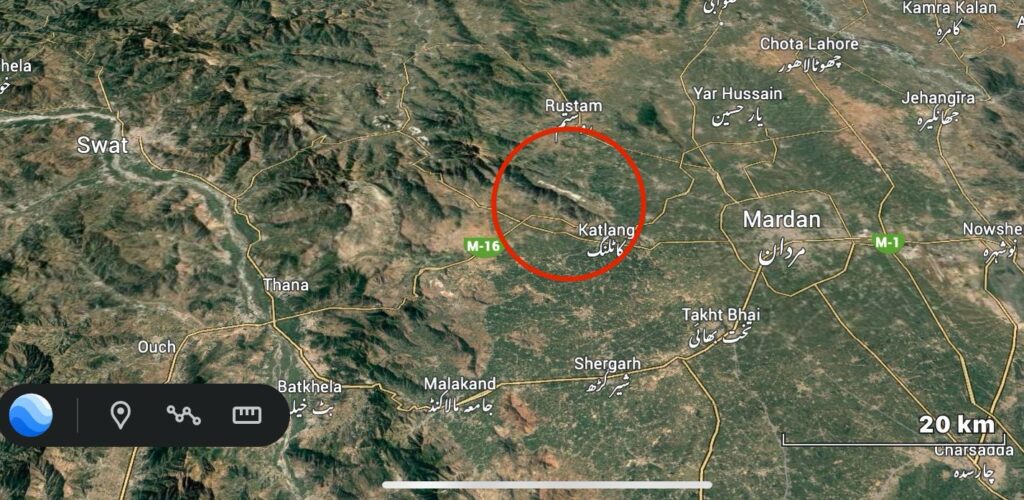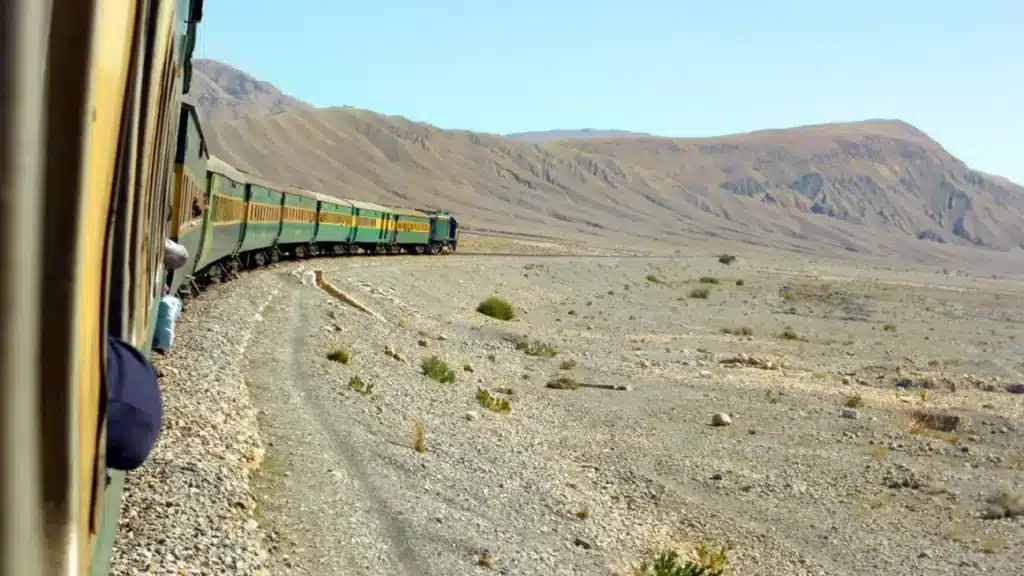UNITED NATIONS: The United Nations Security Council (UNSC) report states that Indian proxy groups—the Balochistan Liberation Army (BLA), including its Majeed Brigade, and Tehrik-e-Taliban Pakistan (TTP)—maintain close coordination. The report highlights the growing sophistication of BLA attacks, citing the dramatic hijacking of the Jaffar Express in Balochistan, Pakistan.
These terrorist groups—TTP, referred to as Fitna al-Khawarij, and BLA, known as Fitna al-Hindustan—are actively operating in Khyber Pakhtunkhwa and Balochistan, respectively. Exposing the nexuses of both groups, the report says that, in January 2025, TTP held terrorist trainings in Balochistan.
On March 11, BLA fighters hijacked the Jaffar Express train in a remote mountainous area using improvised explosive devices and other weapons. They killed 31 people, including 21 hostages, in what the UN described as a high-profile display of the group’s growing brutality and operational capacity.
The annual report, issued by the 1988 Taliban Sanctions Committee’s monitoring team, also referenced the April terrorist attack in Pahalgam, Indian-occupied Kashmir. Although the Resistance Front (TRF) initially claimed responsibility, it later withdrew the claim.
Despite India’s sustained campaign, the report did not link TRF to Lashkar-e-Tayyiba (LeT).
The report warned that regional tensions remained fragile and cautioned that terrorist groups could exploit these divisions.
The monitoring team estimated that TTP had about 6,000 fighters and continued to receive significant logistical and operational support from the de facto Afghan authorities (Taliban). The report noted conflicting views within the Taliban ranks, with some leaders advocating a distancing from TTP to improve ties with regional states.
Several member states reported that TTP maintained tactical-level ties with ISIL-K (Da’esh). TTP also carried out high-profile attacks across the region, causing mass casualties. The group’s access to a wide range of weapons—likely a reference to U.S. military equipment abandoned after the fall of Kabul—has increased its attack lethality.
The report also stated that the Taliban continued to allow a permissive environment for various terrorist groups, including Al-Qaeda and its affiliates, thereby threatening the security of Central Asia and beyond.
ISIL-K (Da’esh), the report said, remains the most dangerous terrorist threat both regionally and internationally. The group currently has about 2,000 fighters and continues to recruit across Afghanistan, Central Asian states, and the Russian North Caucasus. ISIL-K has also absorbed disaffected fighters from other groups.
The report raised alarms over the movement of extremist fighters from Syria to Afghanistan, who may use the region as a base to launch attacks on Central Asian countries.
In northern Afghanistan and areas near the Pakistani border, ISIL-K has indoctrinated children in madrassas and established suicide training courses for boys as young as 14.
The group continues to target Shia communities, Taliban authorities, and foreigners. Under the leadership of Sanaullah Ghafari, ISIL-K fighters operate across northern and northeastern Afghanistan and attempt to expand operations into neighboring states and beyond.
While the Taliban have weakened ISIL-K’s capabilities, the group still operates with relative impunity by capitalizing on public dissatisfaction with Taliban rule.
Also Read: BYC sit-in: Not in our name
The report noted that although ISIL-K’s leadership remains predominantly Afghan Pashtun, most of its foot soldiers now come from Central Asian countries. Some female supporters, including the wives of Central Asian fighters, have attempted to cross international borders to join the group.





